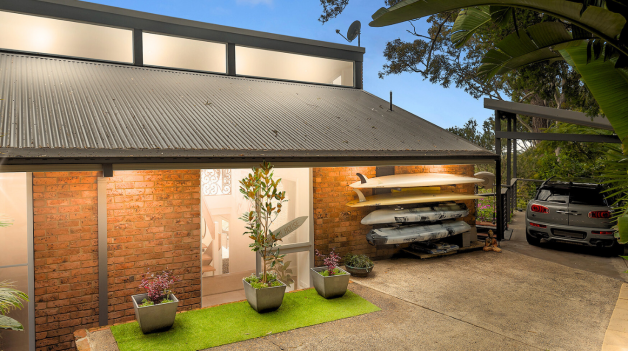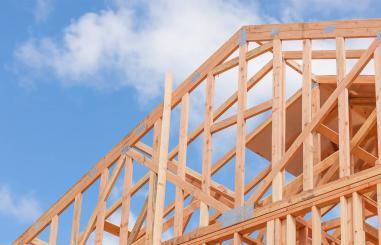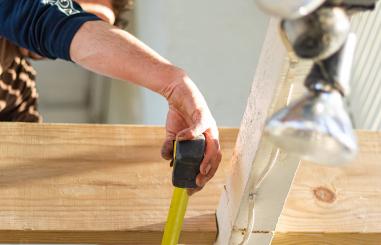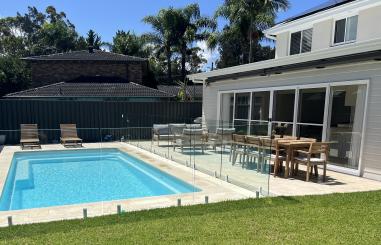In the ever-evolving landscape of construction, the choice of materials plays a pivotal role in determining a structure's longevity, safety, and sustainability. Resilient materials—designed to withstand environmental challenges and adapt to changing conditions—are increasingly essential in modern building practices.
Enhanced Durability: Resilient materials such as reinforced concrete, treated timber, and high-grade steel offer superior resistance to wear and tear, reducing the need for frequent repairs.
Climate Adaptability: With the increasing frequency of extreme weather events, materials that can withstand floods, fires, and high winds are crucial. For instance, the NSW Government's Resilient Homes Program emphasises using flood-resistant materials to minimise damage and facilitate quicker recovery.
Energy Efficiency: Materials with high thermal mass, such as insulated concrete forms, help maintain indoor temperatures, reducing reliance on heating and cooling systems. This aligns with the National Construction Code (NCC) 2022's emphasis on energy efficiency in building design.
Resilient materials are versatile and can be integrated into various aspects of construction:
Foundations: Using moisture-resistant materials can prevent structural issues caused by soil movement or water ingress.
Roofing: Opting for fire-resistant and reflective roofing materials can mitigate risks in bushfire-prone areas and reduce heat absorption, addressing concerns highlighted by experts regarding dark-colored roofs contributing to urban heat islands.
Wall Systems: Incorporating materials that resist mould and mildew growth ensures healthier indoor environments, especially in humid climates.
The NSW Government has implemented policies to support the integration of resilient materials in construction. The Sustainable Buildings State Environmental Planning Policy (SEPP), effective from October 2023, encourages using sustainable and resilient materials to reduce greenhouse gas emissions and improve building performance. Inspiration for the Future
As the adage goes, "Build not for today, but for tomorrow." Embracing resilient materials is not just a construction choice; it's a commitment to a sustainable and secure future.
Ready to Build Resiliently?
If you're considering a construction project that stands the test of time and nature, our team is here to guide you through the process of selecting and implementing resilient materials. Contact us today to ensure your building is robust and future-ready.


Prime Costs (PC) and Provisional Sums (PS) are essential terms in construction quotes. Prime Costs cover allowances for materials like fixtures or appliances that haven't been selected yet, offering flexibility but potentially leading to additional costs if more expensive options are chosen. Provisional Sums are estimates for work not fully defined when quoting, like excavation or retaining walls, and may change due to unforeseen circumstances. Understanding the distinction helps homeowners manage budgets and avoid surprises during the building process.
Read more
A pre-handover inspection is crucial when taking possession of a new home to ensure any issues or defects are addressed before the final settlement. Key areas to check include the structural integrity (e.g., walls, floors), fittings and fixtures (e.g., taps, doors, windows), kitchen appliances, bathroom tiles and plumbing, electrical systems, and finishes like paintwork and flooring. By thoroughly inspecting these aspects, homeowners can prevent costly repairs later and ensure a smooth transition into their new home.
Read more
In recent years, a new trend has emerged in the world of residential homes known as the Australian Hamptons style. This unique architectural and interior design style combines elements of traditional Hamptons style with a distinctive Australian twist, resulting in homes that are both elegant and relaxed. Often referred to as Aussie Hamptons, these homes have gained popularity for their timeless appeal and seamless integration with the beachy Australian lifestyle.
Read more